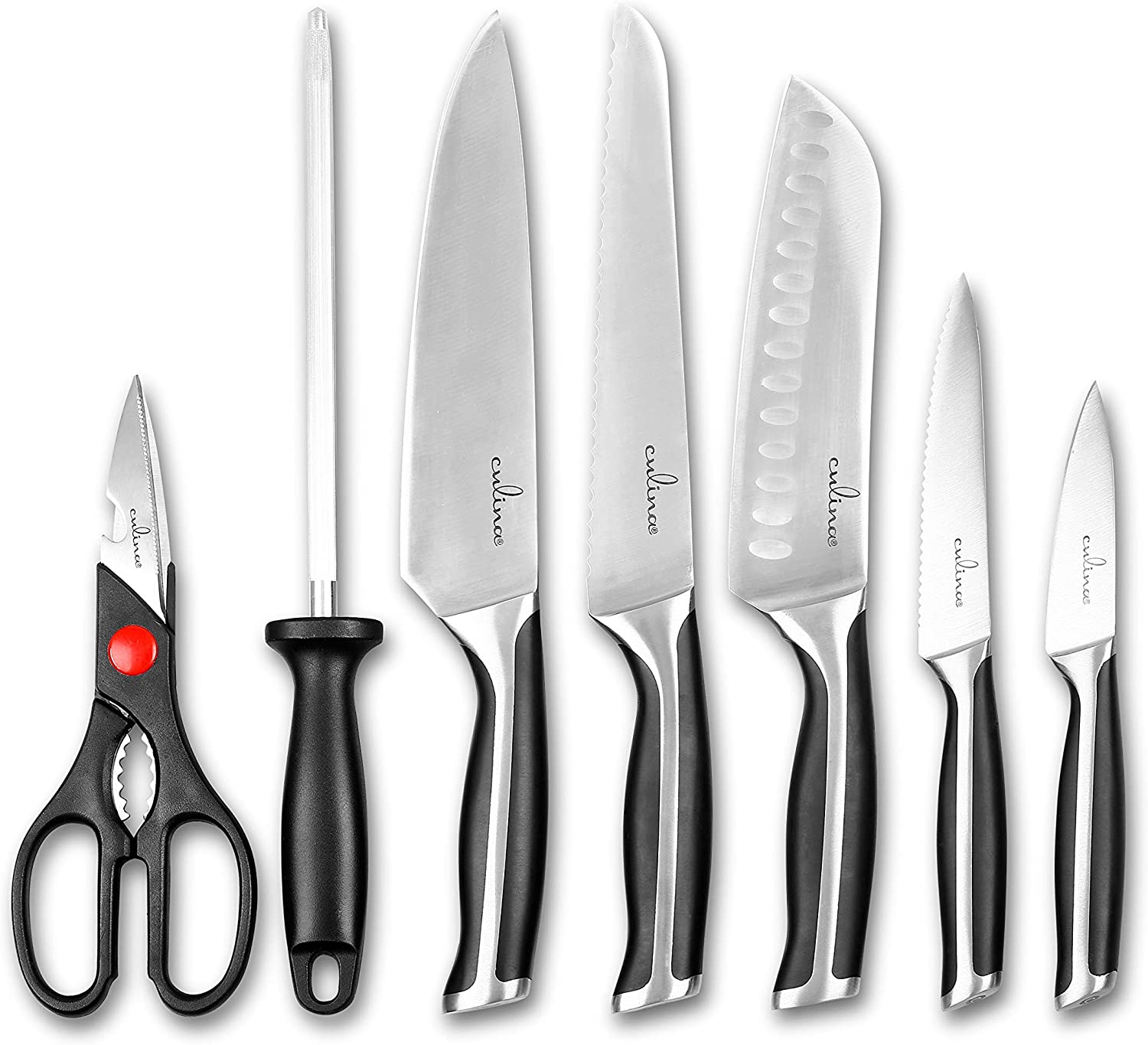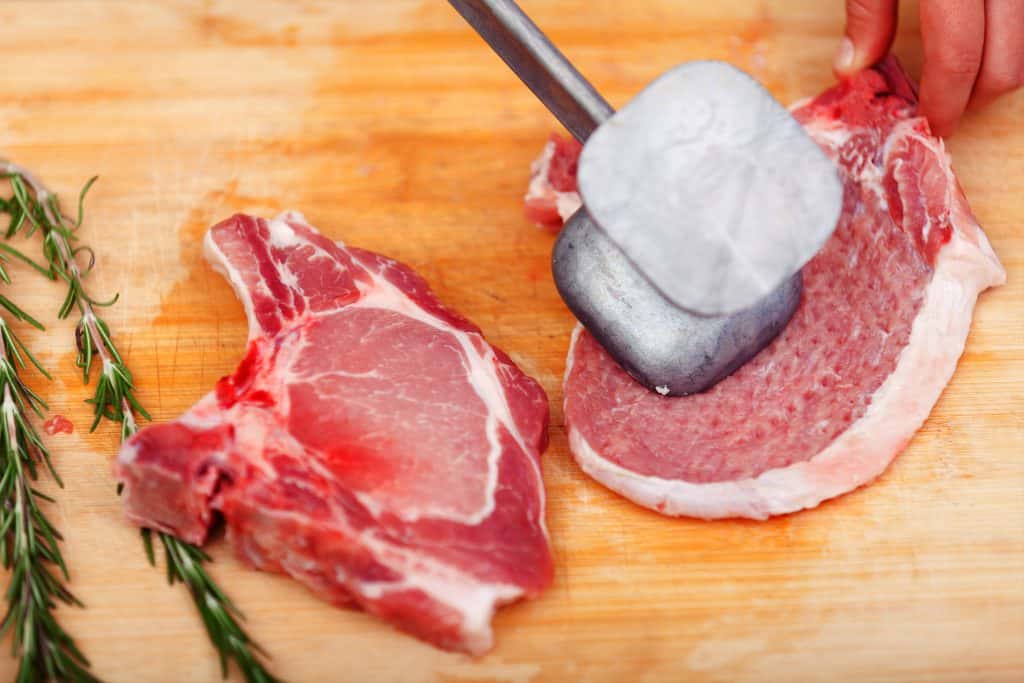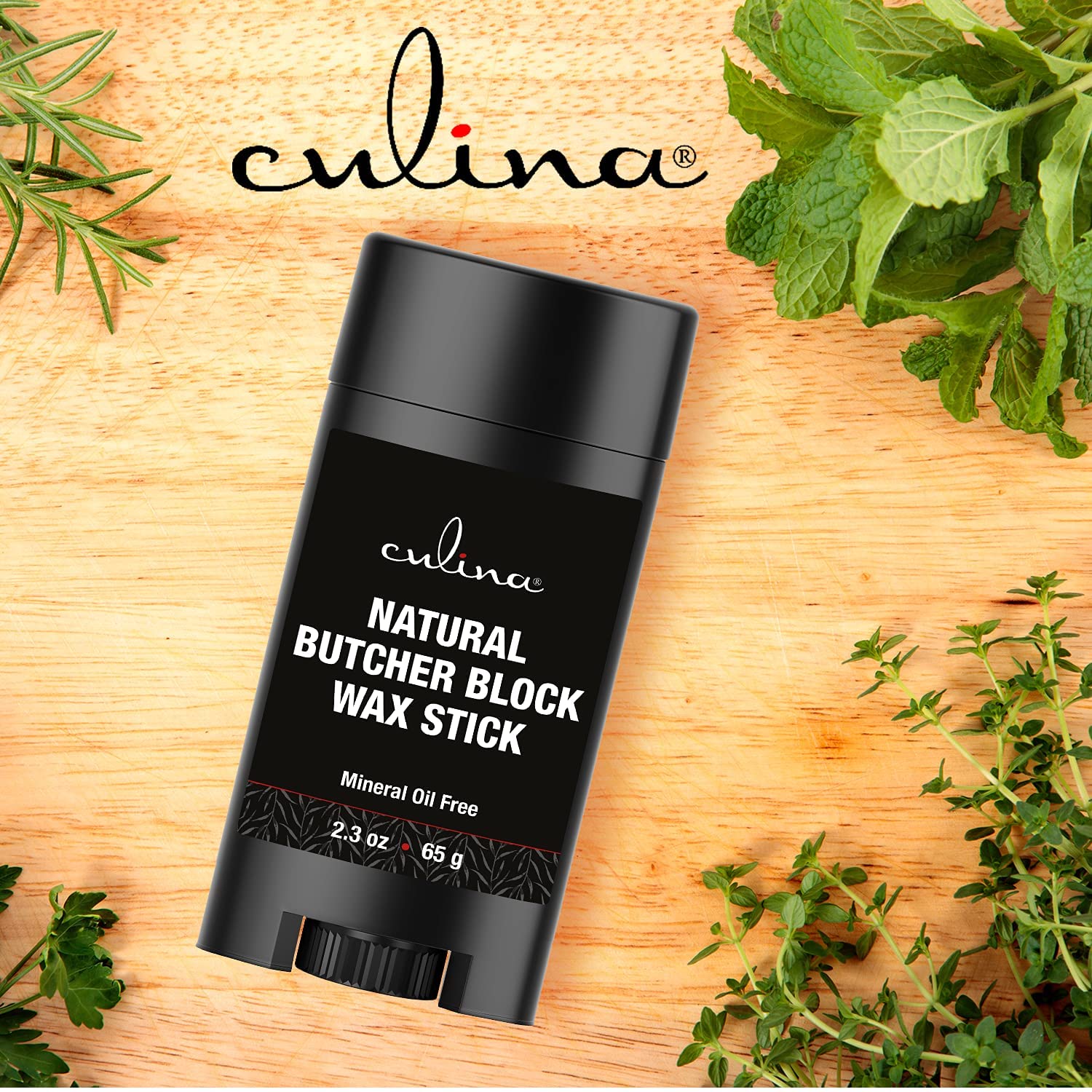Have you ever wondered, what does a meat tenderizer do? If you’re a fan of chicken dishes, understanding the benefits of this incredible kitchen tool is essential. Whether you’re an experienced chef or a home cook, knowing the purpose of a meat tenderizer can elevate your culinary skills and enhance your meals.
In this detailed article, we’ll explore how a meat tenderizer works, its tremendous advantages, and why it’s here to transform your chicken dishes. Stay delighted and read on to discover the secrets behind this technology-approved tool.

Why Use a Meat Tenderizer?
One of the primary functions of a meat tenderizer is to break down tough muscle fibers in meat. This process not only makes the meat easier to chew but also helps to infuse flavors more deeply. When you tenderize chicken, you ensure that it absorbs marinades and seasonings better, resulting in a more flavorful and juicy meal.

The Science Behind Tenderizing Meat
The process of tenderizing involves breaking down the connective tissue, specifically collagen. When collagen is disrupted, it turns into gelatin during cooking, making the meat softer. This scientific approach to cooking is an excellent way to achieve restaurant-quality dishes at home.
Mechanical Tenderizing
Mechanical tenderizing is the most common method. It involves using tools like meat mallets or tenderizing claws that physically break down the muscle fibers. This technique is particularly beneficial for thicker cuts of chicken, ensuring even cooking and tenderness.
Enzymatic Tenderizing
Enzymatic tenderizing involves using natural enzymes found in certain fruits, such as papaya and pineapple. These enzymes break down proteins and soften the meat. This method is often used in marinades and can add a unique flavor profile to your chicken dishes.

Different Types of Meat Tenderizers
There are various types of meat tenderizers, each with its unique benefits. Understanding these can help you choose the right tool for your kitchen.
Meat Mallets
Meat mallets are handheld tools with flat or textured surfaces. They’re great for flattening and tenderizing cuts of chicken. You can find meat mallets in most kitchen stores or online.
Needle Tenderizers
Needle tenderizers consist of multiple small blades that puncture the meat. This tool is excellent for tougher cuts and helps in faster cooking.
Commercial Tenderizers
Commercial tenderizers are larger machines used primarily in professional kitchens. They provide consistent results and are perfect for preparing large quantities of chicken.
Benefits of Using a Meat Tenderizer
Improves Texture
Using a meat tenderizer dramatically improves the texture of chicken. It ensures that the meat is smooth and easy to chew, enhancing the overall dining experience.
Enhances Flavor Absorption
Tenderizing allows the meat to absorb marinades and seasonings better. This results in a more flavorful and aromatic dish.
Reduces Cooking Time
Tenderized meat cooks faster, saving you time in the kitchen. This is especially useful for busy weeknight dinners.
Cost-Effective
Tenderizing cheaper cuts of chicken can make them as tender and delicious as more expensive ones. This is a great way to save money while still enjoying high-quality meals.
How to Tenderize Chicken Step by Step
Step 1: Choose Your Meat Tenderizer
Pick a meat mallet, needle tenderizer, or even a fork. Each tool will give you different results, so choose according to your preference.
Step 2: Prepare Your Chicken
Place your chicken on a cutting board and cover it with plastic wrap. This prevents the meat from tearing during the tenderizing process.
Step 3: Tenderize
Use your chosen tool to gently pound or puncture the chicken. Start from the center and work your way outwards. Be consistent in your pressure to ensure even tenderizing.
Step 4: Marinade
Once tenderized, place the chicken in a marinade of your choice. Let it sit for at least 30 minutes to absorb the flavors.
Step 5: Cook
Cook your tenderized chicken as desired. Whether you grill, bake, or fry it, you’ll find that the meat is tender, juicy, and flavorful.
Common Mistakes to Avoid When Using a Meat Tenderizer
While meat tenderizers are easy to use, there are some common mistakes that you should avoid to get the best results.
Over Tenderizing
Over tenderizing can make the meat mushy. Always be gentle and consistent in your approach.
Not Using Plastic Wrap
Skipping the plastic wrap can lead to uneven tenderizing and torn meat. It also helps in easier cleanup.
Ignoring Marination
Marination is a crucial step that enhances the flavors. Never skip it after tenderizing your chicken.
Frequently Asked Questions
What does a meat tenderizer do exactly?
A meat tenderizer breaks down the tough muscle fibers in meat, making it softer and more palatable. It also helps in better flavor absorption.
Can I use a meat tenderizer on all cuts of chicken?
Yes, a meat tenderizer can be used on all cuts of chicken. However, it’s especially beneficial for tougher cuts.
How long should I marinate chicken after tenderizing?
It’s recommended to marinate chicken for at least 30 minutes after tenderizing. This allows the meat to absorb the flavors thoroughly.
For more insights, you can visit McCormick for Chefs.
Related Articles
As an Amazon Associate, I earn from qualifying purchases.







